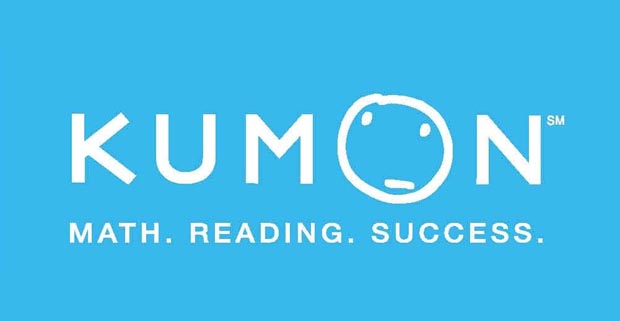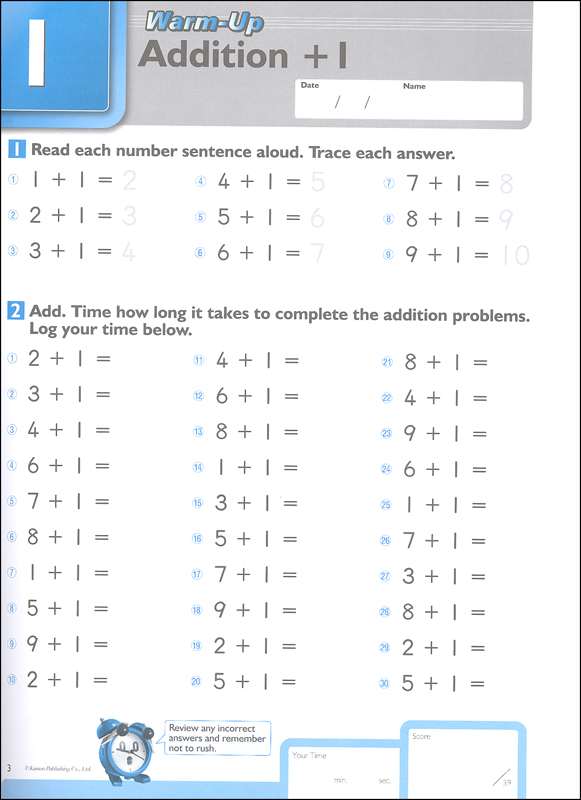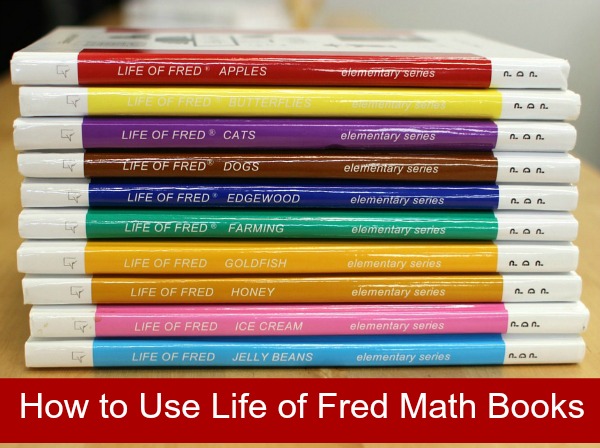
This post was originally written for a different website; however it has been removed that site since it was published. I still believe it has valuable information and publishing it again, here.
You’ve likely seen ads on television or passed by Kumon centers in your daily travels. Have you every wondered, exactly, what Kumon is?
About 9 months ago, I was introduced to Kumon through one of their publicity firms, learned about their program and decided to try it out. Before I get into the results, let’s start with a little bit of history.

The History of Kumon
In 1954, Toru Kumon, a high school math teacher in Japan, began developing materials to help his second grade son who was struggling in math. With a few key principles in mind, Mr. Kumon created a series of sequenced materials for his son to complete after school. His son improved in math; Mr. Kumon’s neighbors heard about this success and began asking him to work with their children. The first Kumon center opened in 1956 and it continued to grow, expanding into North America in 1974.
Now you know why Kumon is so familiar to you already; it’s been around for over 50 years! They offer after school programs for both math and reading. We elected to participate in the math program, since my daughter didn’t feel confident in that area and has always been a strong reader.
What is Kumon?
 I had always thought Kumon was a tutoring program. In reality, it is a curriculum for math and/or reading. If you register for a Kumon program, your child will need to work this program in addition to his or her regular school assignments after school.
I had always thought Kumon was a tutoring program. In reality, it is a curriculum for math and/or reading. If you register for a Kumon program, your child will need to work this program in addition to his or her regular school assignments after school.
The curriculum consists of hundreds of short assignments (worksheets) completed in sequential order. Every assignment is timed and graded. Students must get close to 100% accuracy within a set time in order to be able to move on to the next level of worksheet.
In our case, my daughter was assigned additional “speed drills” for addition and multiplication practice.
What to Expect During Your First Visit to Kumon
When you enroll in the program, you will sit down with a center instructor for an orientation. During the orientation, we watched a Power Point presentation and went over parent expectations. Parents will be required to complete some paperwork (it wasn’t terribly long) and children will take a placement test.
The placement test is actually a series of tests. Your child will work through different “leveled” evaluations until he or she can not complete any more. These tests are immediately graded and your child will be sent home with his or first assignments to be completed. All in all, expect to spend roughly an hour and a half during your first visit.
What to Expect at Home
Page 8 of the Kumon Parent’s Guide says “There’s no getting around it: Kumon is extra. Extra time. Extra homework. Extra effort.“ Boy, do they mean it.
Children are expected to complete their Kumon assignments 7 days a week. My daughter was assigned 10 worksheets a day, 7 days a week, plus 10 minutes of “speed drills” each day. Parents, you’ll be expected to grade the assignments immediately, return them to your student to correct and participate in the speed drills. Be prepared to commit about 30 minutes a day to Kumon assignments.
In addition to the daily at-home assignments, children visit the Kumon center 2 times per week to turn in their homework and receive the next batch.
Our center was flexible enough when it came to our crazy travel schedule, giving us a week’s worth of assignments at a time, when we let them know when we could not make it back twice in one week.
What to Expect on Visits to the Center
During your child’s twice-weekly visits to the center, he or she will turn in his or her homework to the instructor who will review it to make sure your child is on course. The center instructor may work on speed drills with your child and watch him or her work through another set of worksheets.

Do not expect the center instructor to teach the materials to your child in the same manner as in a traditional classroom. The instructors do not lecture, demonstrate or tutor students through the curriculum. The Kumon method utilizes in the “learn-by-doing” approach. The instructor provides guidance, praise and assistance, if absolutely needed.
According to the parent materials provided, the Kumon approach believes that having a child try to solve the problems on his or her own teaches them to think for themselves and build confidence.
How Much Does Kumon Cost?
Let’s face it, cost factors into the equation for most of it. Each Kumon center is independently owned and operated, so costs will vary by location. In general, though, expect to pay $95 – $125 per month, per subject, plus a $30 – $50 one-time registration fee.
Does Kumon Really Work?
At the beginning of our trial of Kumon, my daughter was entering 8th grade Pre-Algebra. After her initial placement evaluation, the instructors at the center thought she should start with addition of single-digit positive numbers (almost near the beginning). She understood single-addition math just fine, but the center instructor wanted her to be able to do the math faster before moving on. After attending the orientation and reading through all of the parent materials, I understood why our instructor made this decision but, unfortunately, my daughter did not. She was embarrassed and her self esteem was very low.
We worked through the program with as much consistency as possible. I’ll readily admit that we were not as consistent with the program as we should have been and we may have bitten off more than we could chew this school year. After nine months with Kumon we did not see a dramatic increase in her Pre-Algebra grade, but we weren’t expecting to either. It’s not a tutoring program, remember?
I have noticed other, smaller changes, though. Her confidence in math is slowly starting to improve and she’s extremely quick and accurate with her addition, subtraction, multiplication and division, which does help avoid simple calculation errors on her regular school math assignments .
As mentioned before, Kumon has been around for over 50 years. A program that doesn’t deliver results wouldn’t survive that long. It’s important, to remember that individual results will vary and completing those daily assignments and staying on course is vital to your child’s success in the program.

Disclosure: I was provided 9 months of the Kumon math program for the purposes of this review. All opinions in this blog post are strictly my own.






What if the parents have no Math knowledge will they enroll their students in Kumon?
I agree that Kumon has a great after school program for kids to help them improve their school works. However, I tried Beestar during pandemic and surprisingly, it worked much better for my kids. The fact that it is all online and free of charge, my kids can focus on their studies by staying at home and I did save decent amount of money.